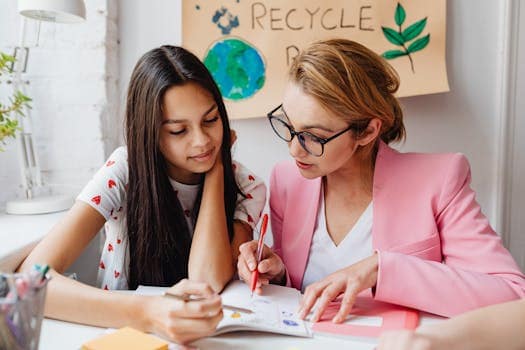Environmental Education: Teaching Sustainability
Welcome to the world of environmental education and sustainability! In today’s fast-paced world, it’s more important than ever to educate ourselves and future generations about the delicate balance between our planet and our actions. As our world continues to face challenges related to climate change, pollution, and natural resource depletion, it’s crucial to teach our students about sustainability to create a better future for all. Let’s explore how environmental education can be effectively incorporated into teaching sustainability.
The Importance of Environmental Education
Environmental education is the process of raising awareness and understanding of environmental challenges, and how individuals and communities can take action to protect and sustain our planet. It is a multidisciplinary field that combines science, social studies, economics, and even art to teach students about the interconnectedness of our world. With the growing concerns about the environmental crisis, it’s essential that we equip our future leaders with the knowledge and skills to address these challenges.
Creating a Sustainable Mindset
Sustainability is about meeting the needs of the present without compromising the ability of future generations to meet their needs. Environmental education helps students develop a sustainable mindset by teaching them to think critically and make responsible decisions about their impact on the environment. By understanding the consequences of our actions, students can make informed choices that contribute to a more sustainable future.
Integrating Environmental Education into Curriculum
Environmental education can be incorporated into various subjects, such as science, geography, mathematics, and language arts. For example, students can learn about the water cycle in science class and then apply their knowledge to real-world scenarios, such as water conservation. It’s crucial to integrate sustainability into all subjects to provide students with a holistic understanding of the environment and its challenges.
Hands-On Learning Opportunities
One of the most effective ways to teach sustainability is through hands-on learning experiences. From field trips to local parks, gardens, and nature centers to participating in clean-up projects in the community, hands-on activities allow students to experience the environment firsthand and develop a deeper connection to nature. These experiences also foster a sense of responsibility and empower students to take action in their own communities.
The Role of Technology
Incorporating technology into environmental education can also enhance students’ understanding of sustainability. From virtual field trips to online simulations, technology provides students with unique opportunities to learn about the environment and its challenges. With the abundance of digital resources available, teachers can effectively engage students in learning about sustainability with interactive and engaging activities.
Involving the Community
Engaging the community is crucial in teaching sustainability, as it requires collective action to achieve real change. Students can work on community-based projects that contribute to a more sustainable environment, such as starting a school recycling program or organizing a tree-planting campaign. These initiatives not only benefit the environment but also promote civic engagement and social responsibility among students.
In Conclusion
Environmental education is an essential component of teaching sustainability. By incorporating it into the curriculum and involving students in hands-on learning experiences, we can create a generation of environmentally literate and responsible citizens. As educators, it’s our responsibility to equip our students with the knowledge and skills to contribute to a more sustainable future. Together, we can make a positive impact and protect our planet for future generations.









